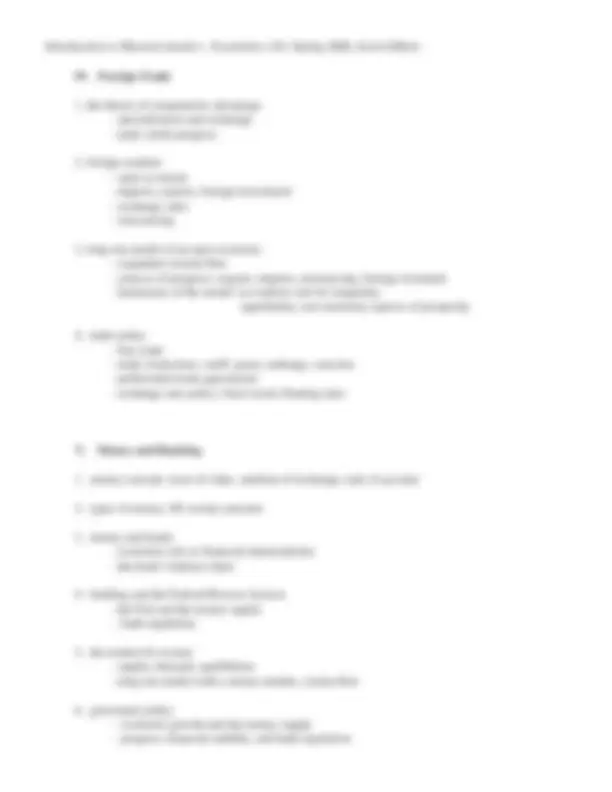





Study with the several resources on Docsity

Earn points by helping other students or get them with a premium plan


Prepare for your exams
Study with the several resources on Docsity

Earn points to download
Earn points by helping other students or get them with a premium plan
Community
Ask the community for help and clear up your study doubts
Discover the best universities in your country according to Docsity users
Free resources
Download our free guides on studying techniques, anxiety management strategies, and thesis advice from Docsity tutors
An excerpt from 'introduction to macroeconomics' by scott gilbert, focusing on long-run macroeconomics, including economic progress, growth, and long-run macroeconomic models. Topics include production, labor market, circular flow, government policy, saving and investment, foreign trade, and money and banking.
Typology: Study notes
1 / 5

This page cannot be seen from the preview
Don't miss anything!




I. Introduction
II. The Basic Long-Run Macroeconomic Model
II. The Basic Long-Run Macroeconomic Model, Continued
III. Saving and Investment